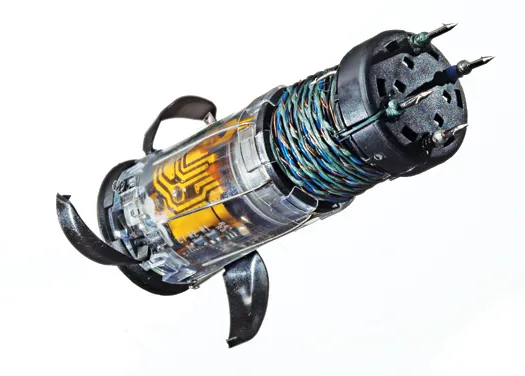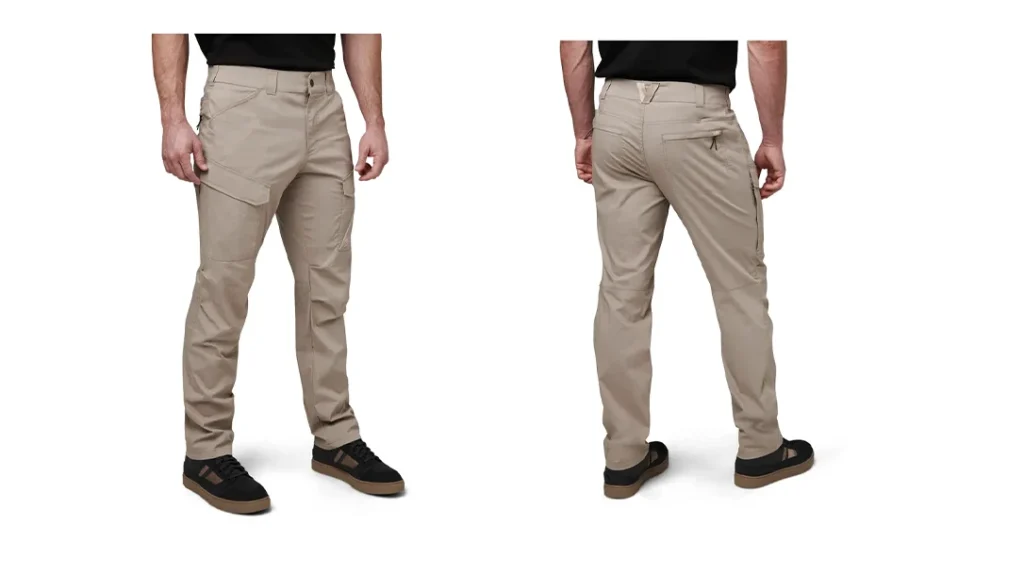The M16A2 holds a special place in my heart. The rifle I used in boot camp makes me one of the last generations to say that. The M16A4 replaced the M16A2 not long after I left the island. Most of my USMC career was spent with an A4 or M4; the A2 remained this nostalgic rifle. I admittedly didn’t know much about rifles, and upon experiencing an M16A2 as part of the retro runs, I realized it had problems.
How I’d Make the M16A2
As a guy who likes to do thought experiments, I wanted to think about what I would do if I were in charge of the M16 program. What would Travis do if he was allowed to design the M16A2 system? It’s easy to gamify this idea and attach a bunch of proto-modern stuff to the rifle. To avoid that, I’m sticking with what was common at the time and common amongst standard infantry forces.
Burst Begone
The USMC and military wanted to eliminate the automatic function because they believed soldiers and Marines were just ripping full auto fire at the first sign of contact. To combat this supposed waste of ammo, they installed a three-round burst feature. They somehow concluded that this was the right combination of automatic fire and ammo consumption.
Advertisement — Continue Reading Below
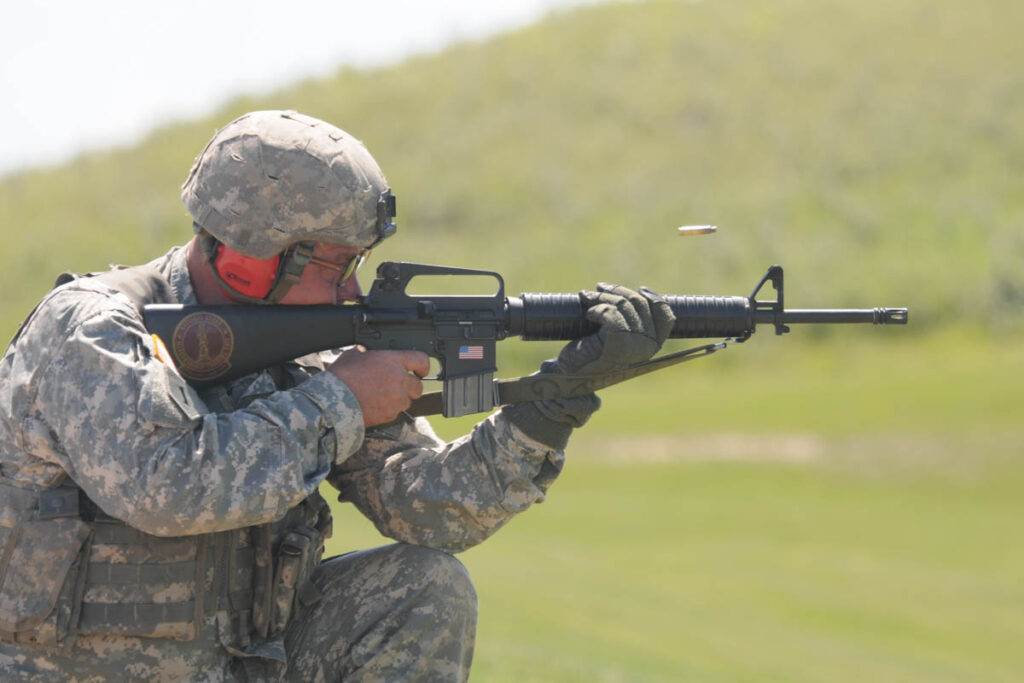
To install the three-round burst design, they went with a cam mechanism. This greatly complicated the trigger and honestly made it suck. Plus, the system was more like a limiter. If you pulled the trigger to fire a burst and only fired two rounds, the next pull of the trigger on the burst setting would only fire one round.
It’s silly. Honestly, if given the choice, I’d use a semi-auto system over a burst system. It’s smoother, simpler, and provides a much better trigger.
Advertisement — Continue Reading Below
Keep the A1 Length of Pull
In creating the M16A2, the USMC essentially wanted to create a target rifle that would excel at the Known Distance range. They installed a stock that was ⅝ of an inch longer with a recoil pad that made it about 1 inch longer than the A1 stock. That’s great for building your body and establishing a position with a loop sling, but it’s long for modern combat.
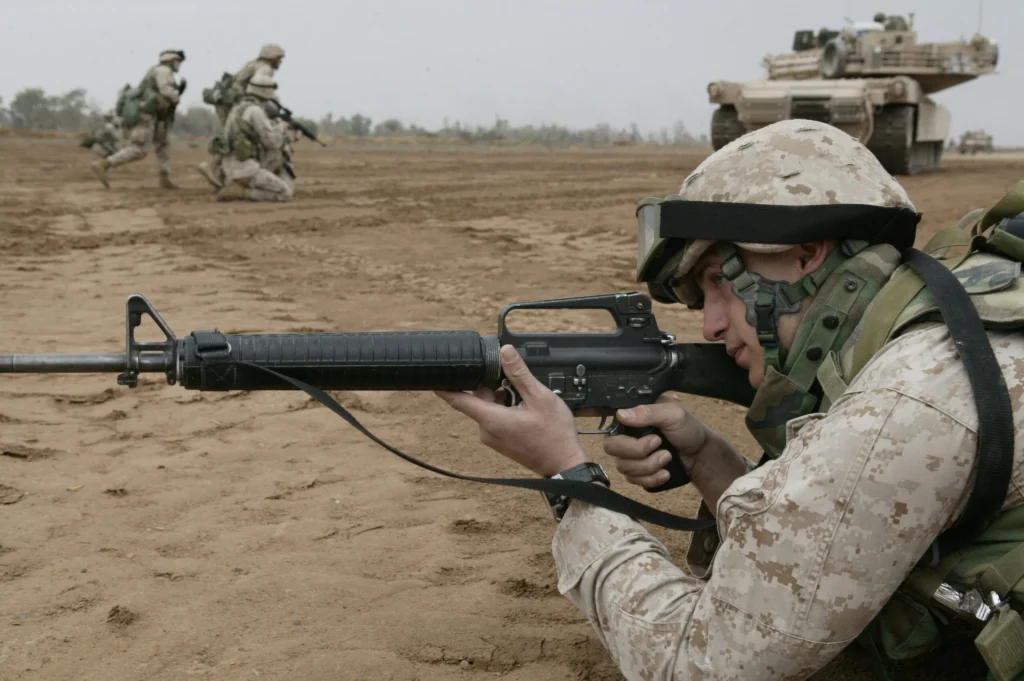
It worked poorly with armor and load-bearing gear and was difficult to manage for smaller shooters. The shorter A1 length is much better for actual fighting purposes. Shorter-length stocks are also easier to use for smaller shooters and while wearing gear.
Advertisement — Continue Reading Below
Uses a Mix of A1 Sights and A2 Sights
Keeping the target rifle motif, the M16A2 featured complicated sights. At least they were complicated for an assault rifle. The big exposed dial also made it prime time to adjust the sight accidentally while in the field. What the A2 did right was integrate a wider alternative aperture for close-range shooting.
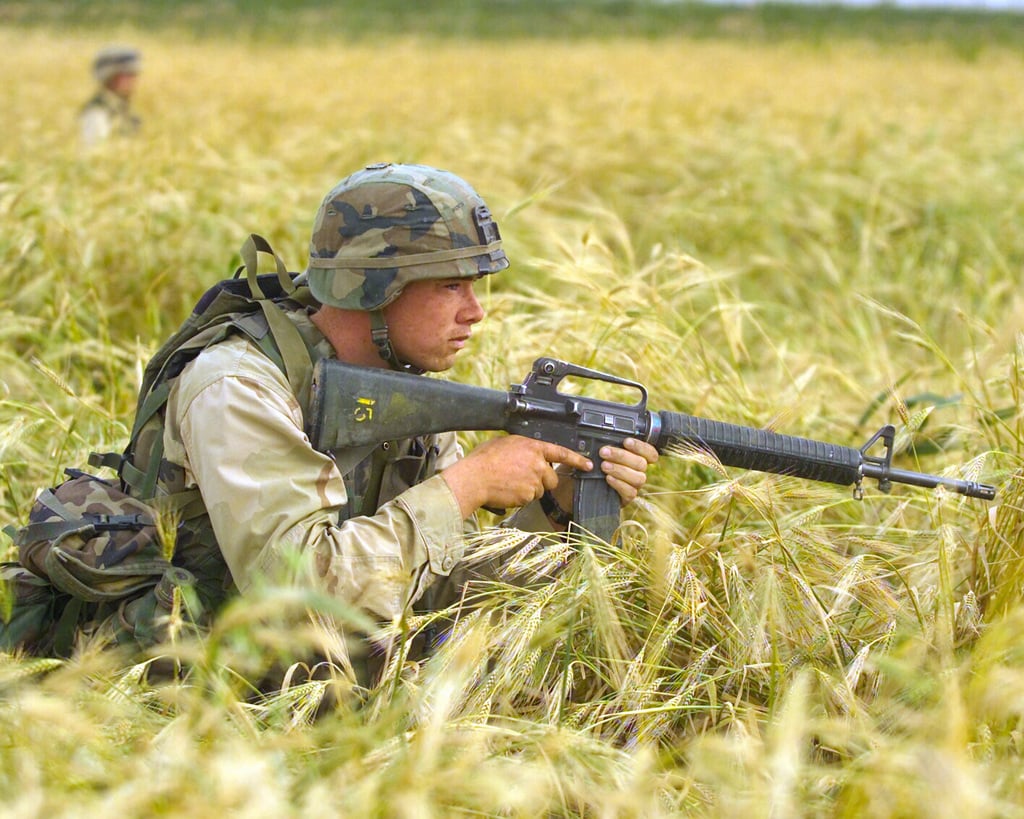
I’d combine the M16A2 aperture with the M16A1 sighting system, which would create a simpler, more versatile sighting system for the rifle.
Advertisement — Continue Reading Below
Shorten the Barrel (and Lighten it)
First, I’d make the M16A2 a dissipator-style build or, at the very least, trim it to 18 inches. Short barrels are the rage now, but they existed in 1979 when the USMC started the M16A2 project. If they could reliably figure out dwell time and get the M16A2’s barrel to 16 inches while retaining the front sight position and rifle-length gas system, you’d have one helluva rifle.

The silly reinforced portion of the barrel was done due to the belief that barrels were behind too easily. In reality, a bur near the gas port on M16s was throwing off the gauge. Removing the burr removed the problem. This would lighten the rifle and better balance it.
Advertisement — Continue Reading Below
What Would I keep?
So that’s what I would ditch to create the M16A2. That’s my take, but you might wonder what I’d keep. It seems like I’m ditching a lot of the M16A2 upgrades. First, I’d keep the twist rate since we are stuck with the 62-grain projectile in this era.
Second, the case defector made the rifle much easier for left-handed shooters. It’s remained a part of the AR-15 and M16 family since and doesn’t seem to cause issues. I’d also keep the muzzle device. The old A2 birdcage is a highly functional and very useful muzzle device.
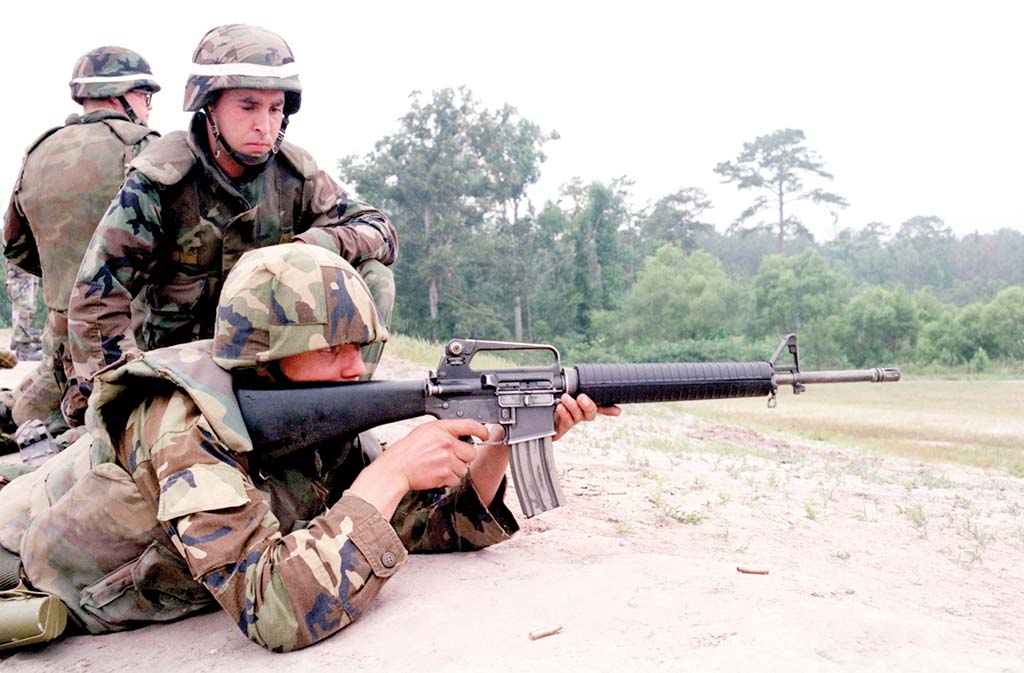
Advertisement — Continue Reading Below
The new handguard is fine and made to simplify logistics. It worked fine—it got hot fairly quickly—but it worked. Finally, I’d keep the new polymer used to create the stock. It was way tougher and more durable. I guess the pistol grip is fine. I don’t need the finger groove thing, but it’s fine.
That’s my take on the M16A2. Admittedly, I’m no expert. I’m just a retro rifle enjoyer. I might try to make my own Travis-Mod M16A2. The more I think about it, the more I want it.
Advertisement — Continue Reading Below


